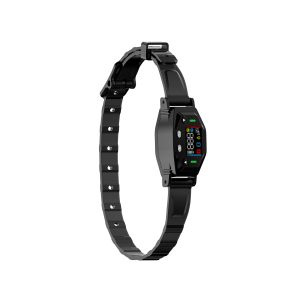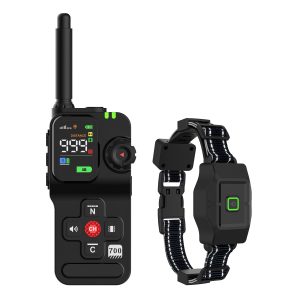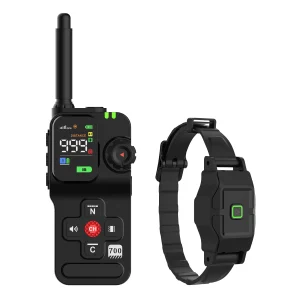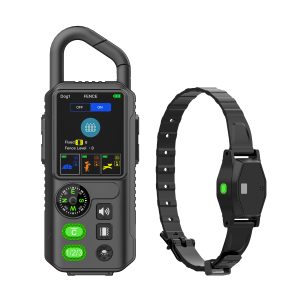Testing the Effectiveness of PetSafe In-Ground Fence
PetSafe in-ground fences are a popular solution for pet owners looking to give their pets freedom while keeping them safe within a designated area. But how effective are these fences in reality? In this article, we will delve into a detailed account of testing the PetSafe in-ground fence system.
Before conducting any tests, it’s crucial to understand the technical aspects of the PetSafe in-ground fence. The system typically consists of a transmitter, boundary wire, receiver collar, and training flags. Setting up the fence involves burying the wire along the desired boundary and configuring the transmitter settings.
Once the system is set up, the next step is to observe how pets, particularly dogs, interact with the in-ground fence. Initial training is essential to familiarize the pet with boundaries. Training sessions should focus on associating warning beeps and static corrections with boundary lines.
After the training phase, it’s time to put the PetSafe fence to the test. This involves scenarios like tempting the pet to cross the boundary, observing responses to warning beeps and corrections, and assessing overall containment effectiveness. It’s essential to conduct these tests in a controlled environment to ensure accurate results.
Not all pets respond the same way to in-ground fences, and individual differences play a significant role. Some pets may quickly learn to respect boundaries, while others might require additional training and supervision. The effectiveness of the PetSafe in-ground fence largely depends on the pet’s temperament and willingness to cooperate.
Regular monitoring and maintenance of the fence system are crucial for long-term effectiveness. Checking the boundary wire for any damages, ensuring proper functioning of the transmitter, and replacing batteries in the receiver collar are essential steps to maintain the system’s reliability.
In conclusion, testing the PetSafe in-ground fence system requires careful observation, strategic training, and consistent maintenance. While the effectiveness of the system can vary depending on individual pets, proper setup and training can significantly improve containment success. Understanding your pet’s behavior and responding accordingly is key to harnessing the full potential of the PetSafe in-ground fence.




